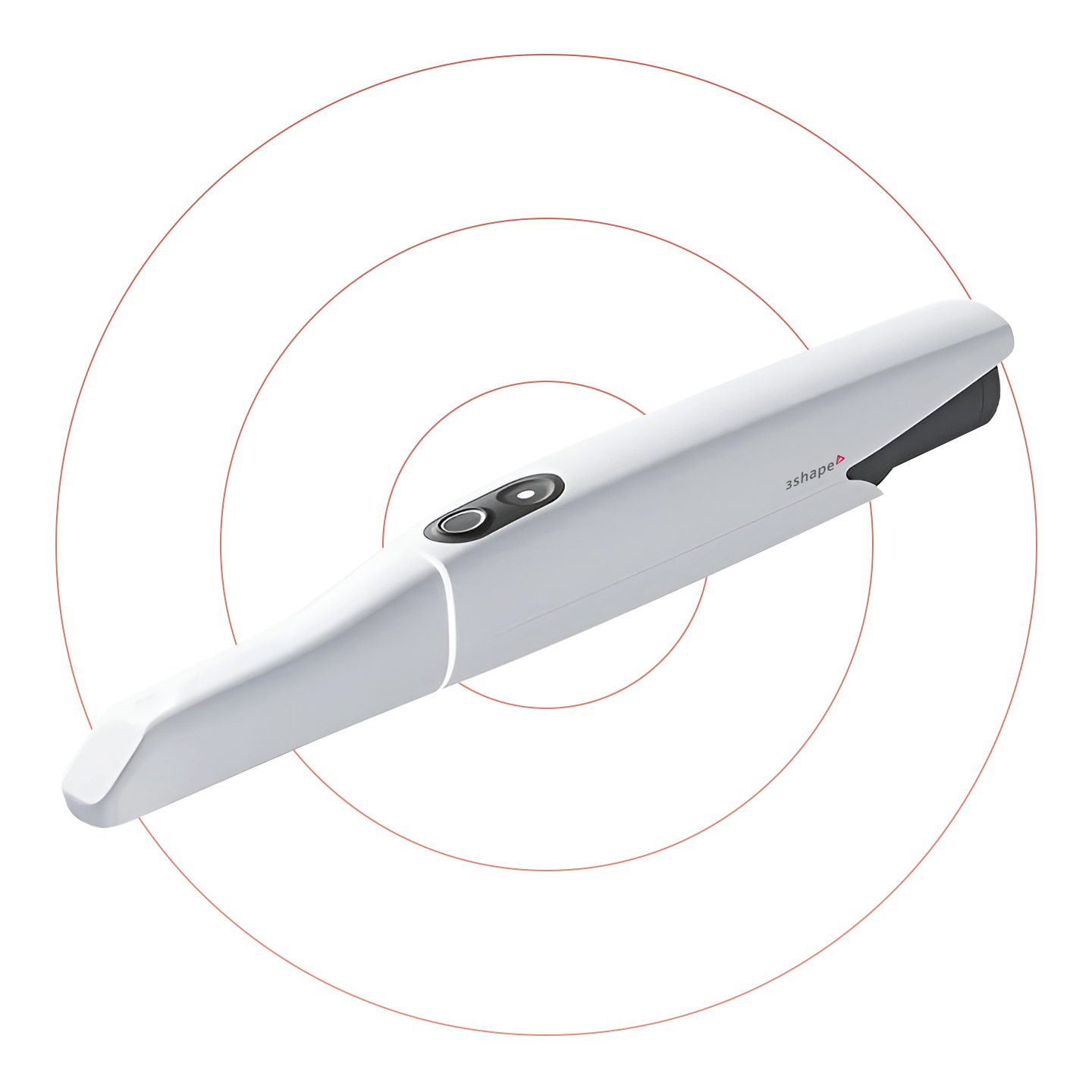Dental Veneers: A Clinical Overview for Dentists
Dental veneers remain one of the most effective minimally invasive options in esthetic dentistry for correcting minor imperfections such as discoloration, shape discrepancies, and small diastemas. At Godent, we support clinicians with high-precision, digitally fabricated porcelain and composite veneers, enabling efficient turnaround and excellent esthetic outcomes.
Indications
Veneers are indicated for patients with:
* Extrinsic or intrinsic discoloration (e.g. tetracycline staining, fluorosis, RCT-related darkening)
* Minor chipping, contour irregularities, or enamel wear
* Diastemas or mildly rotated/anteriorly crowded teeth
* High esthetic demands with intact tooth structure
Note: Patients with parafunctional habits, moderate-to-severe malocclusion, or compromised periodontal health may not be ideal candidates.
Clinical Workflow
1. Consultation & Case Evaluation
A detailed esthetic evaluation is performed. Intraoral scans and photographs are reviewed for shade, tooth proportions, and symmetry. Smile design goals are discussed with the patient. Mock-up or digital smile previews may be used to guide case acceptance.
2. Tooth Preparation
Minimal reduction of the enamel surface (\~0.3–0.7 mm) is performed using depth-limiting burs or silicone guides. Local anesthesia is used when necessary. In no-prep or additive cases, preparation may be omitted.
3. Impression or Digital Scan
Intraoral scans are taken and sent to the lab. At Godent, our design team prepares veneer designs based on your preferences (e.g. incisal translucency, surface texture, shape style) and shares 3D previews for approval.
4. Temporary Veneers (for ceramic cases)
Chairside provisionals or lab-made temporaries are delivered during the fabrication period. These allow for evaluation of esthetics, phonetics, and patient comfort.
5. Final Veneer Delivery & Bonding
Veneers are tried-in for fit, color match, and marginal adaptation. After isolation, the internal veneer surface is prepared (HF acid etching or air abrasion), and the tooth is etched and bonded. Dual-cure or light-cure resin cement is used depending on material and translucency.
Veneer Material Options
Porcelain (Ceramic) Veneers
* Superior esthetics: high translucency, lifelike fluorescence
* Long-term stain resistance
* 10–20 year longevity with proper care
* Ideal for patients seeking premium, durable results
Composite Veneers (Direct/Indirect)
* Chairside or lab-fabricated options
* More affordable and conservative
* Shorter lifespan (5–8 years average)
* Easier to repair or modify over time
Post-Treatment Protocol
* Soft diet for 1–2 days post-bonding
* Emphasize gentle brushing with non-abrasive toothpaste
* Recommend nightguard in cases of bruxism
* Advise regular hygiene visits (prophy with veneer-safe polish)
* Monitor margins and integrity during routine check-ups
Frequently Asked Clinical Questions
Q: When should I choose veneers over crowns?
When the tooth structure is intact and the goal is purely cosmetic correction with minimal intervention.
Q: How do I manage color matching with adjacent teeth?
Use high-resolution photographs with shade tabs under natural light. Digital shade matching systems are also supported by Godent.
Q: Are no-prep veneers viable?
In selected cases with small teeth or mild recession, yes. Requires careful case planning to avoid over-contouring or gingival impingement.
Q: Can composite veneers be converted to ceramic later?
Yes. Existing composite can be removed with minimal risk to enamel, and ceramic veneers can be placed after reassessment.
Risks & Longevity
* Veneer detachment risk increases with parafunction or improper bonding
* Color cannot be changed once cemented — shade selection is critical
* Average survival rate for porcelain veneers:
* 5 years: \~95%
* 20 years: \~83%
* Composite veneers show reduced long-term color stability and higher replacement frequency
Work with Godent
We offer a fully digital veneer workflow:
* Scan-to-design-to-delivery in under 5 days
* Custom surface texture and incisal edge design options
* Minimal prep or no-prep veneer workflows supported
* Real-time case updates and revision requests via Case Portal
Deliver beautiful, functional smiles with confidence — partner with Godent for your next veneer case.


